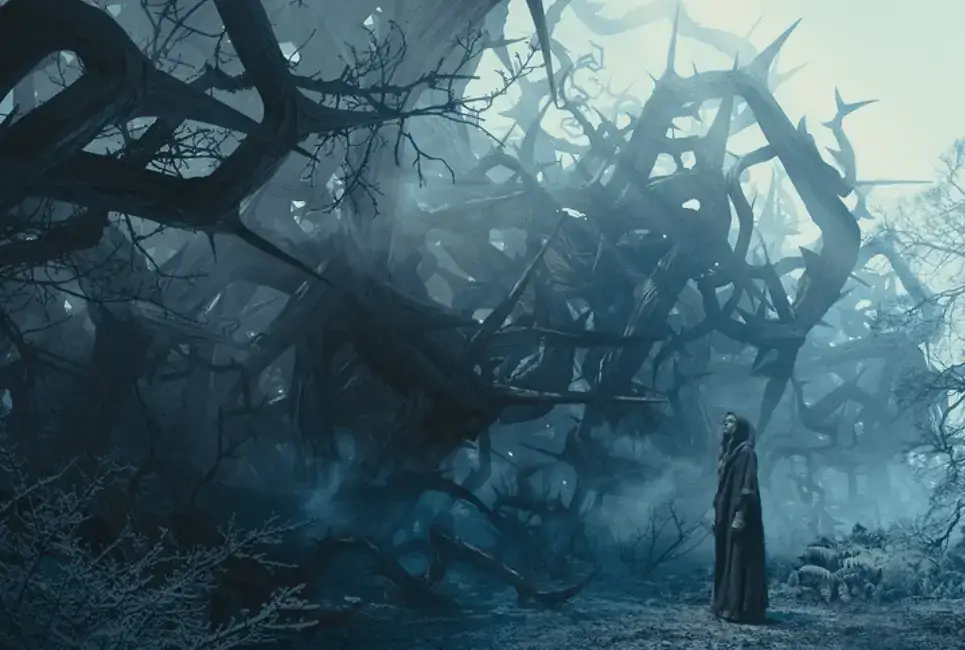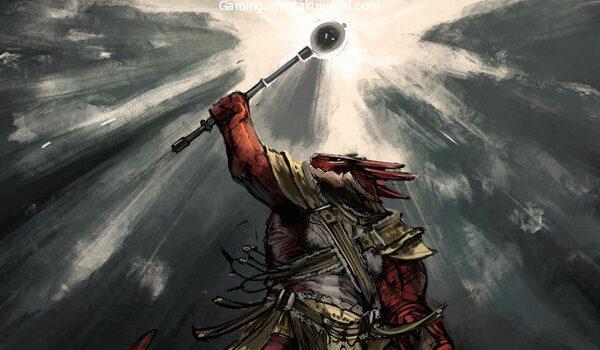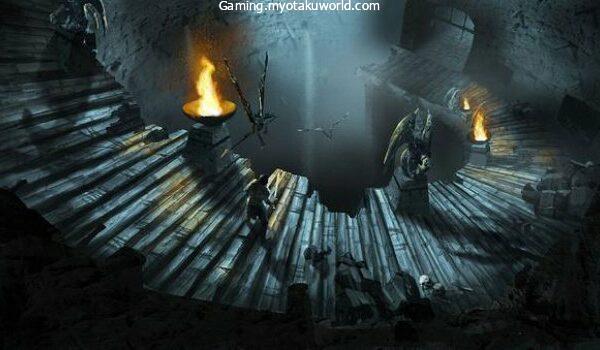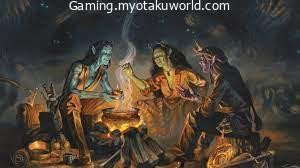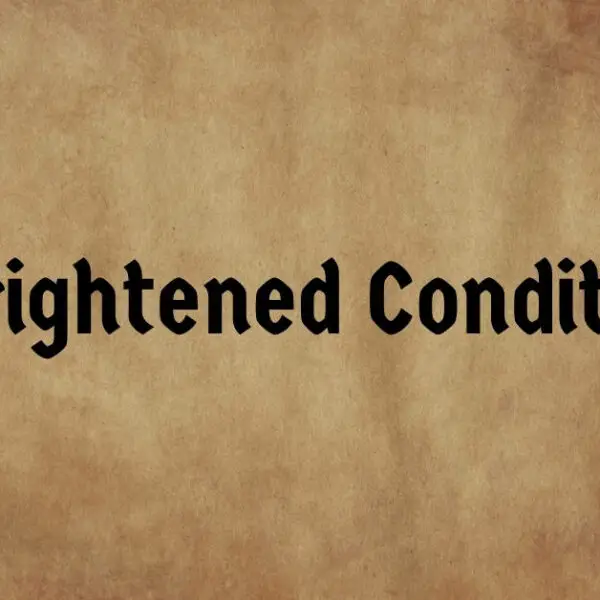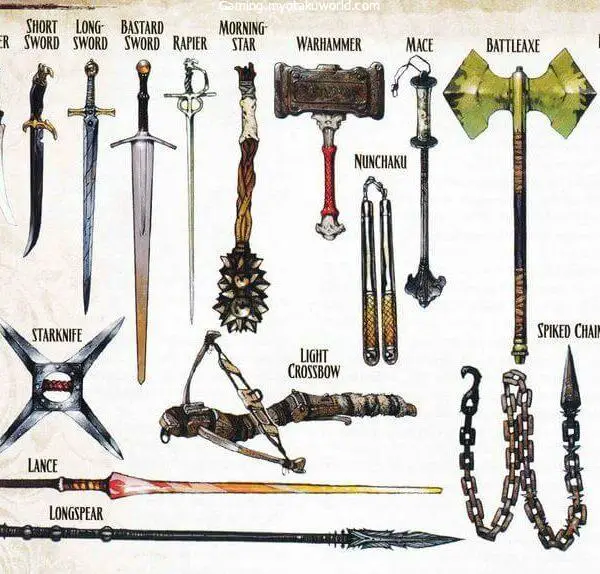Spells have changed in Dungeons and Dragons since 1974, when Gygax first made the game. From easy spells like “Magic Missle” to old spells like “Combine” that are more complicated.
There are many ways that these magic effects change and adapt to new systems and ideas. Even the way spells are cast has changed over time, and the world of the Forgotten Realms has changed along with it.
I have been playing D&D for a decade, from the 3rd edition to the 5th edition. I can’t say that I have been playing since it was first made, but I can say that I have been playing for a decade.
I have seen how spells and spell systems have changed over time, so the spells in the 5th edition are not new to me.
From utility spells to spells used in battle to spells used outside of battle, your caster has a lot of options. This article will talk about one of these spells in more detail.
In this Spike Growth 5e guide, I’ll talk about Spike Growth, which is one of the more specialized control spells in the game.
Spike Growth Effect
| Casting Time | 1 Action |
| Range | 150 Ft |
| Target | A 20-foot radius centered on a point within range |
| Components | V, S, M, (seven sharp thorns, or seven small twigs sharpened to a point) |
| Duration | Up to 10 Minutes; Concentration |
With this spell, the caster makes a field of thorns and other sharp plants centred on a certain point. For the duration, that area turns into Difficult Terrain.
When a creature moves into the area or stays there, it takes 2d4 piercing damage for every 5 feet it moves.
The changes to the ground are made to look like they happened naturally. If a creature can’t see the area when the spell is cast, it must make a Wisdom (Perception) check against your spell save DC to figure out that the area is dangerous.
So, this spell is one of the more interesting ones in D&D because it always does damage. It does require concentration, but as a 2nd-level spell that can block off large areas, it does make for an interesting situation.
On top of that, it technically gets stronger the farther you move, so enemies who move quickly have to move slowly or go a long way around to avoid damage.
Origin
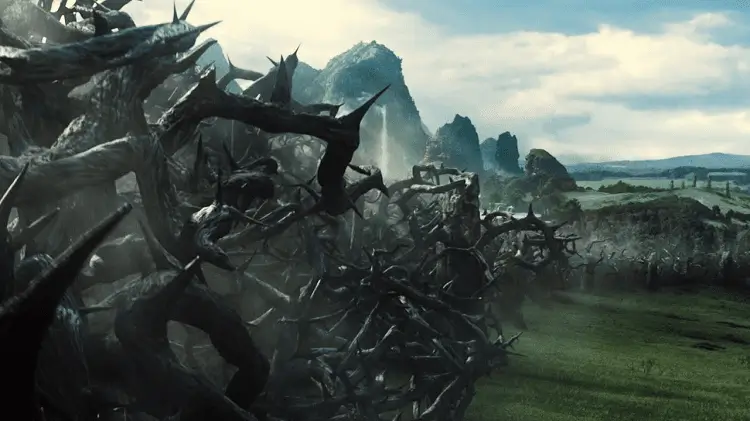
This spell comes from the book with the same name as the second edition. Spike Growth worked the same way back then as it does now. It was a spell that made an area look like caltrops had been planted there.
It slowed down enemies and did some extra damage as it moved. It was a 3rd level spell instead of a 2nd level spell, and the area where it would be cast had to have plants growing.
If they fail the saving throw, they move slowly for 24 hours instead of being in a place that slows them down by half.
The spell is also hard to find unless the target has true sight or other magical tools that work the same way. The kicker is that if they don’t have it, this spell doesn’t do anything at all.
When they get hurt while travelling through the terrain, they don’t know where the damage came from. Insane, I would say.
Later, it was added to the 3.5th edition of D&D. It was still called Spike Growth, but the spell was changed in many ways:
- It no longer had a spell level. Instead, players learned it when they reached 3rd level as a Druid or 2nd level as a Ranger.
- It could now be cast anywhere except on ice, in a desert, on stone, or in open water.
- They let the slow movement speed be fixed by bandaging it and using magic to heal it.
They added a DC to figure out the Spike Growth. At the time, DC28 was a very high number. The spell did less damage than it used to, but the improvements it got made it pretty much worth it.
Overall, it’s interesting to see how the spell has changed over time, especially since the addition of difficult terrain has made it much more useful in and out of battle than a simple injury that can be healed.
What Classes can Cast it?
Only people who use magic based on nature can cast this spell. Even wizards who brag about their large number of spells can’t learn it.
Since it’s a 2nd-level spell, its effects are pretty important for a class that casts spells.
Druids

It makes sense that druids have spells that let them control the field. Nature is hard to control, and most of their spells require concentration, so they can only use one at a time.
This spell fits into that category because it speeds up plant growth. It is a second-level spell. It’s much easier to call up thorns and prickly shrubs than it is to call up storms or dragons.
They can use this spell when they reach level 3, and if they are in the Circle of Land, it is given to them automatically when they reach level 3. So learning it doesn’t even take up a spell slot.
Rangers
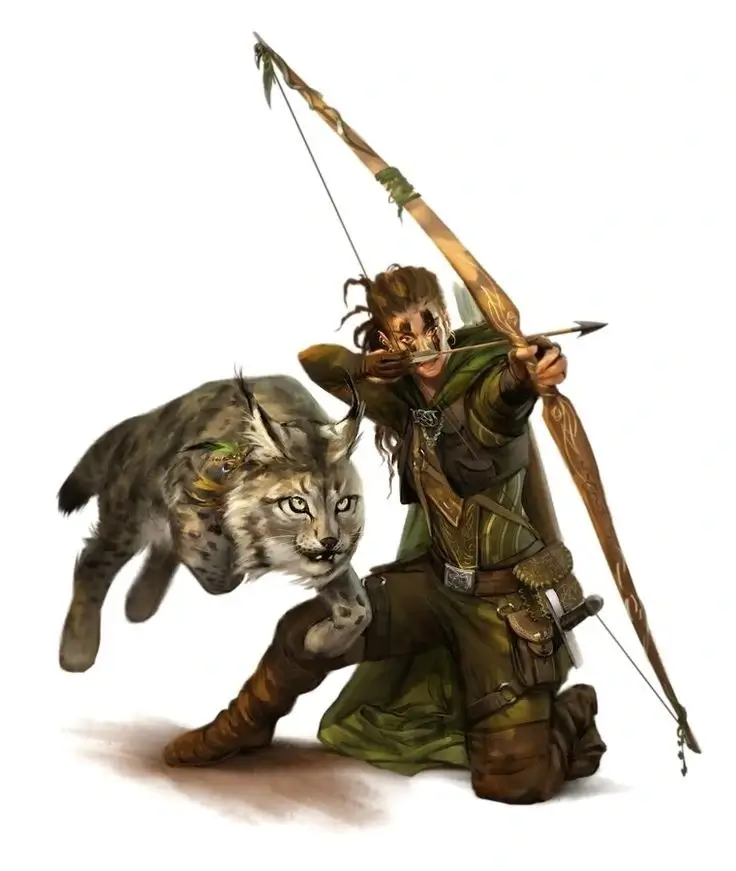
Get this spell at level 5, since they can only cast half as many spells as Druids can. So this isn’t their main way to fight, but more of an extra ability they can use.
The way Rangers are designed makes these “spells” seem more like “tricks” they learn to help them along the way. So once they choose a spell, they can’t change it until they gain a level.
If they have enough time before a battle, they can cast these spells and set up traps whenever they want. Spike Growth is a great way to wake up opponents who are sleeping, especially if this is a surprise attack.
Warlock
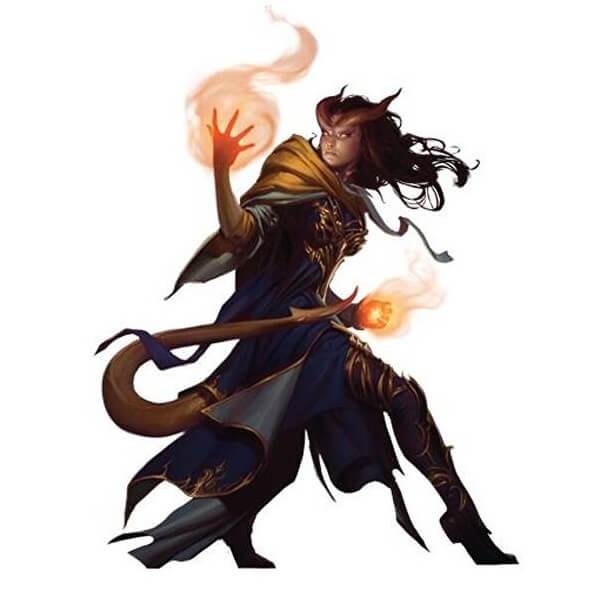
In particular, the spell can be used by Dao Genies who are Genie Warlocks. The earth elementals give the Warlock spells that either protect the earth or make it defend itself.
At level 3, these warlocks must do what their Genie tells them, and in return, they get great powers from other worlds.
Is it Good?
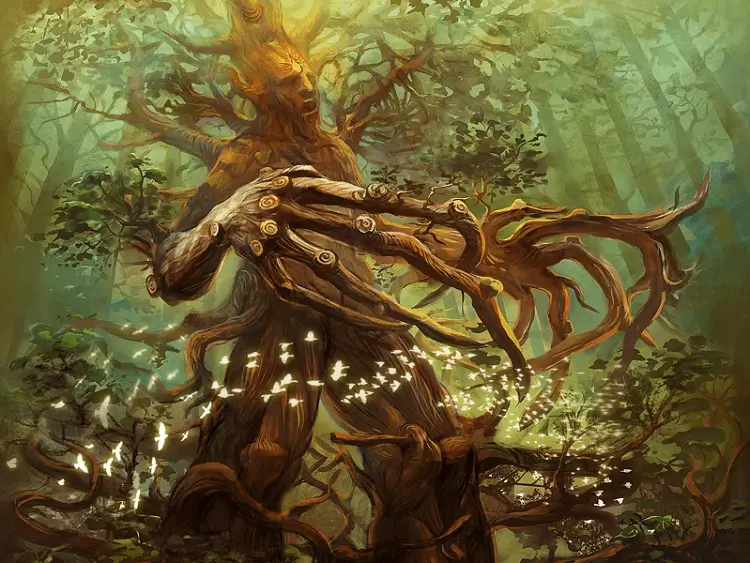
On paper, the skill looks pretty boring. It just makes spikes that slow down enemies and do some damage, right?
Well, this spell is a lot more powerful than it looks, and I’d say it’s one of the best 2nd-level spells in the game.
Even though it doesn’t do damage right away, it does damage regularly and without having to roll. It also puts a slow on the ground, which slows everyone down by half when they walk on it.
This spell will always be active and able to be cast because not all creatures can fly and not all campaigns take place underwater.
The enemy has to get close to you to attack you, and even if they can attack from a distance, you can shoot and then go prone to make it harder for them.
Since dropping to prone is free and getting up from prone uses up half your movement, you will never run out of movement to do this move.
Let’s look at how this spell compares to other 2nd level spells. I’ll use one spell from the Druid list and one from the Ranger list as an example.
Comparison
Pass Without Trace is a powerful spell that you can use outside of battle. You can even use it to sneak past fights to avoid them. It lasts an hour and only takes one action to cast. You can use it on any creature within a 30-foot radius that you choose.
This spell gets rid of all signs of your passage and even mutes some of the sounds you make. It makes sure that even the noisiest Paladin can stay hidden as long as they don’t break stealth.
This spell is much more useful and can be used in more situations than Spike Growth. This spell is used a lot, both in and out of battle.
If you are well hidden, you can even use it to give yourself a short break (and if the DM allows it). So I’d say this is as strong as or stronger than most 2nd-level Druid spells.
Warding Wind is another 2nd level spell. Even though this spell is on the weaker side of 2nd level spells, it can still be useful in certain situations. This spell takes one action to cast and has many different effects, such as making a Deafening Wind, putting out fires and torches, making the ground hard to walk on, and more.
The only problem with this spell is that it requires concentration. If someone attacks you or you want to cast a different concentration spell, the effects of this spell will end.
Unlike Spike Growth, it doesn’t make people less likely to attack you, and it doesn’t do anything if someone swings a sword at you. This spell is also useful in ranged combat because it creates a wind barrier that slows down projectiles.
There are a lot of powerful spells at the second level, but most of them require you to think outside the box. Some of them, like Hold Person or Lesser Restoration, are easy to understand.
Most full-casters get these power spike spells when they reach level 3. So let’s look at how much damage Spike Growth does to see why I think it’s one of the best 2nd level spells.
The Number Behind the Damage
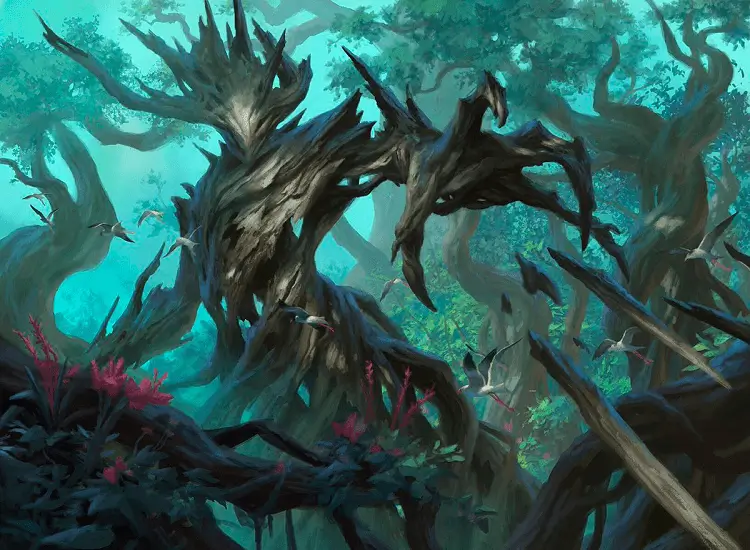
The damage from Spike Growth is 2d4 piercing. So, on average, it does five damage for every five feet that it moves.
Since the area of effect is 20 feet in diameter or 40 feet in radius, a creature that moves straight through the circle takes 16d4 or 40 damage without a chance to roll.
2d4 * 40/5 (distance travelled) = 16d4 (40 on average), and that’s just for one creature!
Of course, you don’t often get the perfect setup, like a narrow hallway or a small room. So even if it only does half as much damage, it still does 20 damage (if you summon it in the middle of an enemy). That should be enough to beat a Bandit!
Even if things don’t go as planned, there are still ways to make sure this spell does some damage. Here are a few ways to use the spell.
Combos
Druids have natural ways to move enemies. With abilities like Thorn Whip, Gust, and Thunderwave, you can force enemies to move through the terrain and take more damage.
Most of the time, enemies can’t be charmed into hurting themselves, but they can be grabbed and dragged through the landscape.
When this spell is used with an Enlarge or Reduce and a strong grappler, the enemies can’t stop the damage.
I’m sure there are many other ways to use this spell in a combo, but these are available early in the game, so anyone can get it and start using it.
What Does Spike Growth Do in 5e?
Spike Growth makes difficult terrain with a 20-foot radius that does 2d4 (5 average) piercing damage per 5 feet a creature moves through it. Creatures can’t tell that the area is affected by Spike Growth unless they see the caster cast it or make a Perception check against the caster’s spell save DC and succeed.
“Moving one foot on rough ground costs you two feet of speed” (PHB 182).
Spike Growth can be cast from up to 150 feet away, and if you have enough concentration, it can last for up to 10 minutes. Here is the area where Spike Growth works:
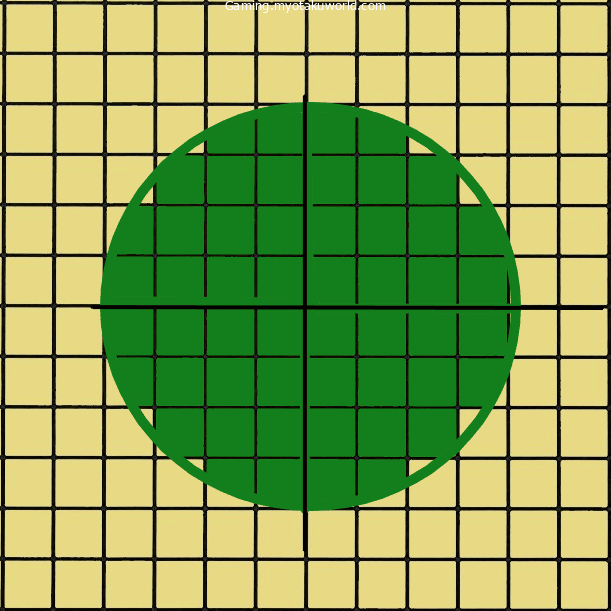
Spike Growth works on the green squares. Note that Spike Growth is an 88 square if you use the simpler “circles are squares” method.
Spike Growth 5e DM Tips
Spike Growth is so good that many DMs get angry when players use it so well. I have some advice for those DMs:
Utilize more ranged enemies. Only about a third of the monsters in the game can attack from a distance, but if you can find a way to use some of them, it will be much easier to ignore the worst parts of Spike Growth.
Spread out the groups. Spike Growth has a large area of effect, but it can still be avoided in some places. Try to attack players from all sides instead of just one. The smaller the number of enemies Spike Growth affects, the less useful and effective it is overall.
Use flyers. This tip can make you feel like a cheat, especially if you start using flying monsters all the time to completely cancel out Spike Growth in every fight. But it’s a good way to get back at players and make them rethink their strategies every so often.
Bust concentration. Last but not least, Spike Growth is a spell that requires you to concentrate. If you keep attacking the caster, you’ll eventually break their concentration and no longer have to worry about spikes.
All of that said, there’s no reason to immediately try to stop players who are using Spike Growth well. It’s fun to use, so don’t stop your players from having fun with it.
But if you think that Spike Growth is making every fight boring and predictable, these tips can help you and your players break out of the routine.
